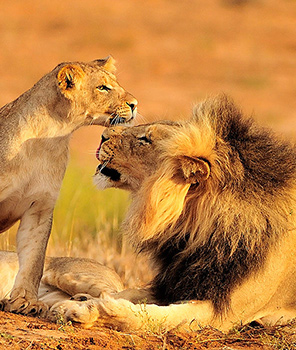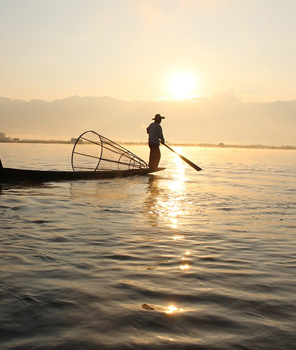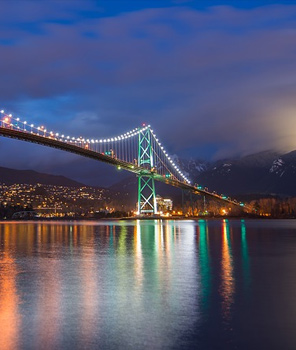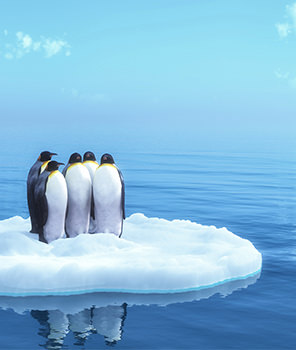Hanoi to Hue: How to Travel
A journey from Hanoi to Hue opens the door to Vietnam’s rich culture, history, and natural beauty. If you are taking a trip to Vietnam, you will most likely start i...
Read more





















 Africa
Africa
 Asia
Asia
 Europe
Europe
 North America
North America
 Oceania
Oceania
 Polar
Polar
 South America
South America